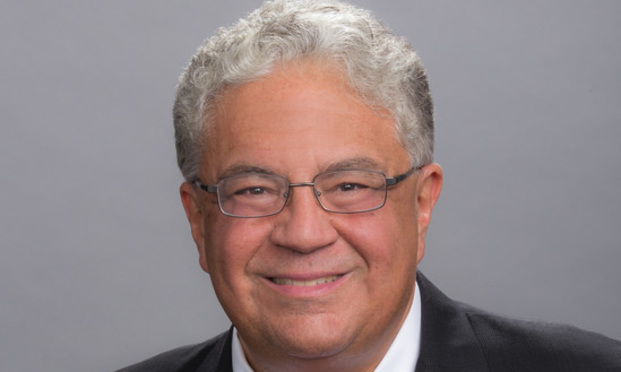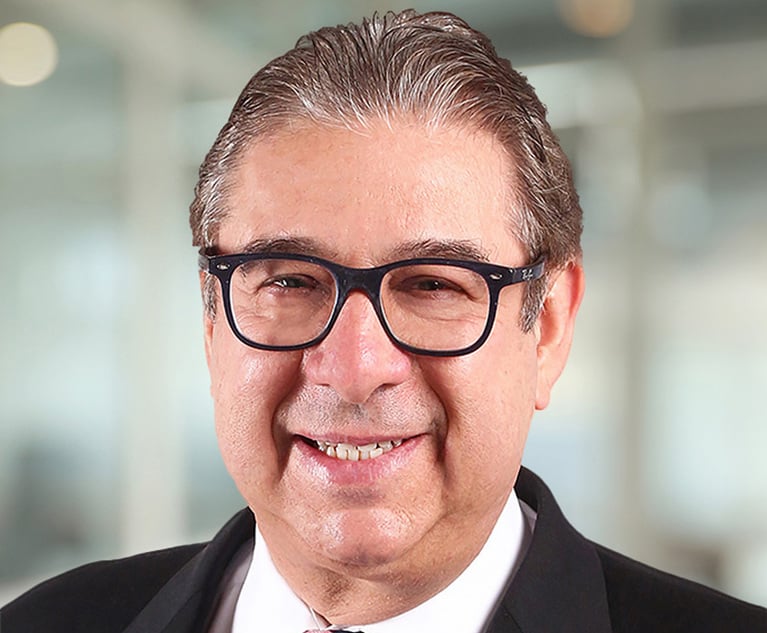In the sale of a medical or dental practice, much time is spent on negotiating the total purchase price, and rightly so. But it is often the case that not nearly enough time is spent on the related and quite important issue of tax allocation. When allocating the sale amount to the various categories, questions invariably arise regarding allocation to goodwill. Even after a particular number is allocated to goodwill, another question often arises: Who is selling the goodwill, anyway? This may seem like a silly question. The seller is selling the goodwill, of course. However, in the context of a solo professional practicing in a business entity, the issue can get a bit blurry. Yes, the business entity is technically the practice and the primary contracting party. But the professional’s skill, expertise, reputation and loyal patients are what gave rise to the goodwill.
Take the following example: assume there is a single-shareholder professional corporation (taxed as a C-corporation as opposed to as a pass-through entity S-corporation) that has operated as a medical practice for forty years. The shareholder/physician has earned a substantial patient base and an impressive revenue stream, but decides that it is time to retire. The decades of caring for the community has built up considerable goodwill. The corporation and a buyer enter into an asset purchase agreement. The parties decide that x dollars will be allocated to goodwill. Does that goodwill go to the corporation or to the physician? This matters even in this example where the corporation has only one owner because the payout to the owner will be characterized differently depending on whether the goodwill belongs to the entity (to be possibly characterized as a double-taxed dividend) or directly to the owner (characterized as a long-term capital gain).


 Vasilios “Bill” Kalogredis.
Vasilios “Bill” Kalogredis.



